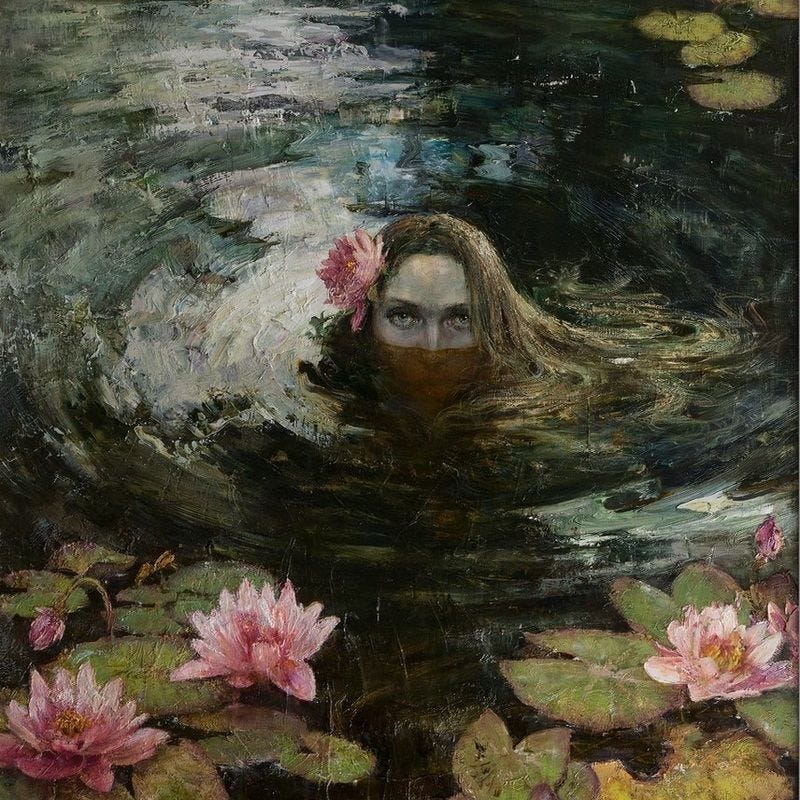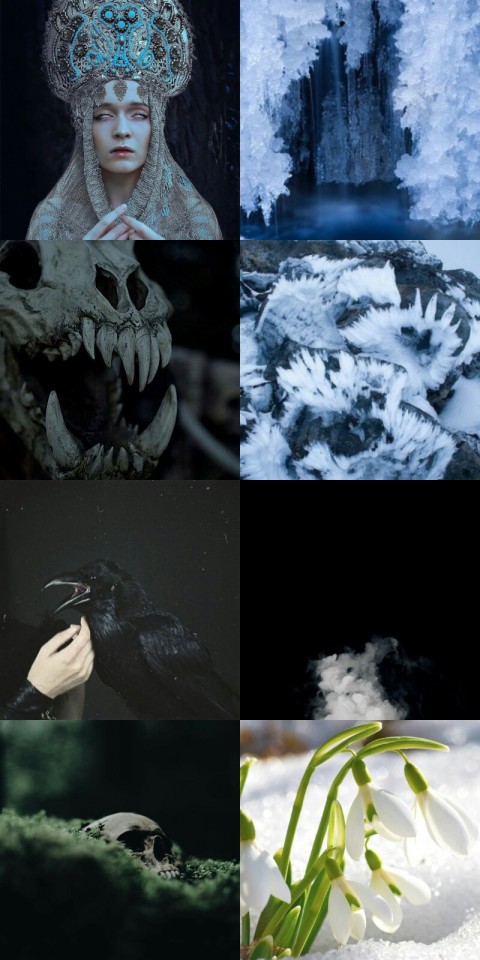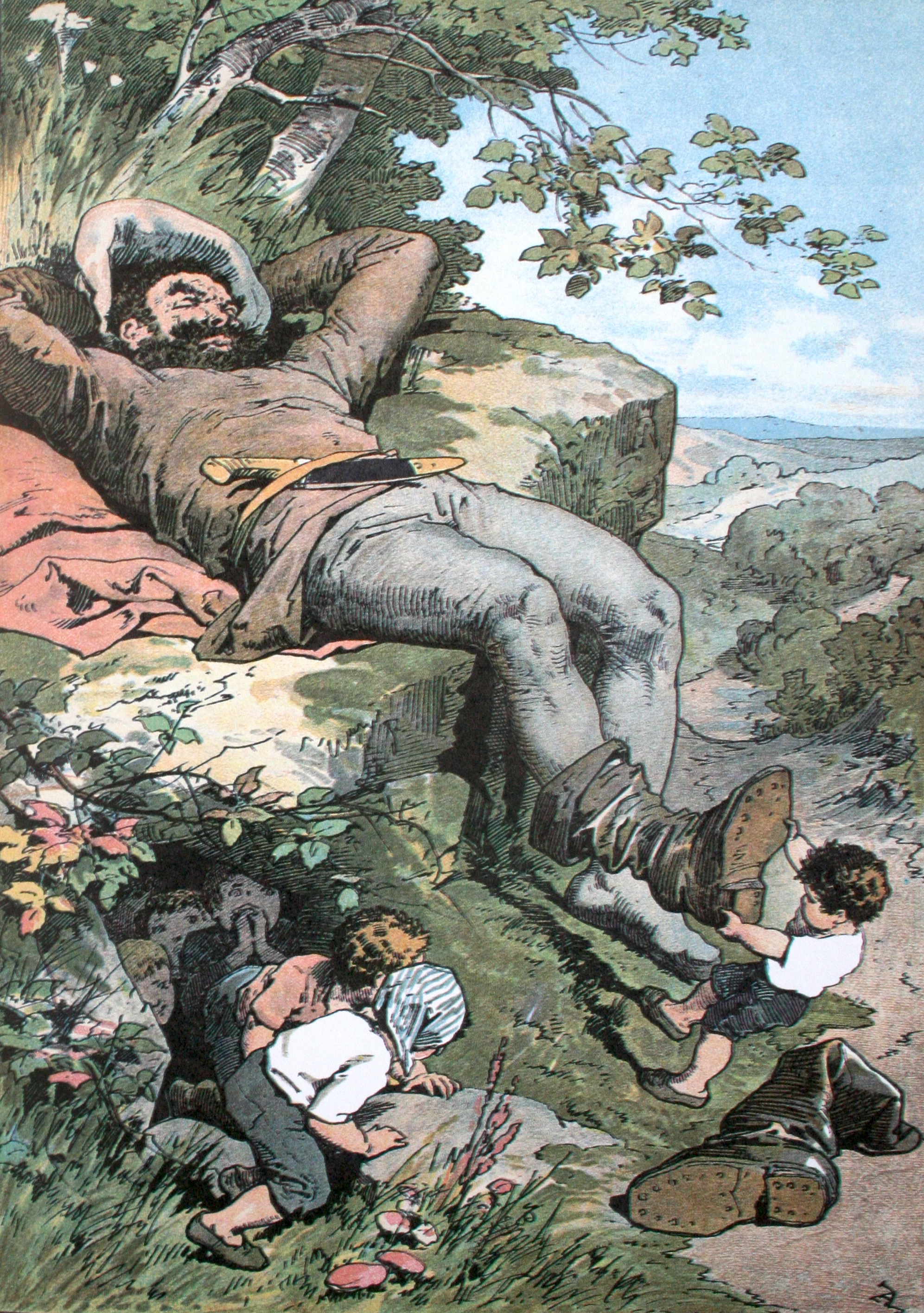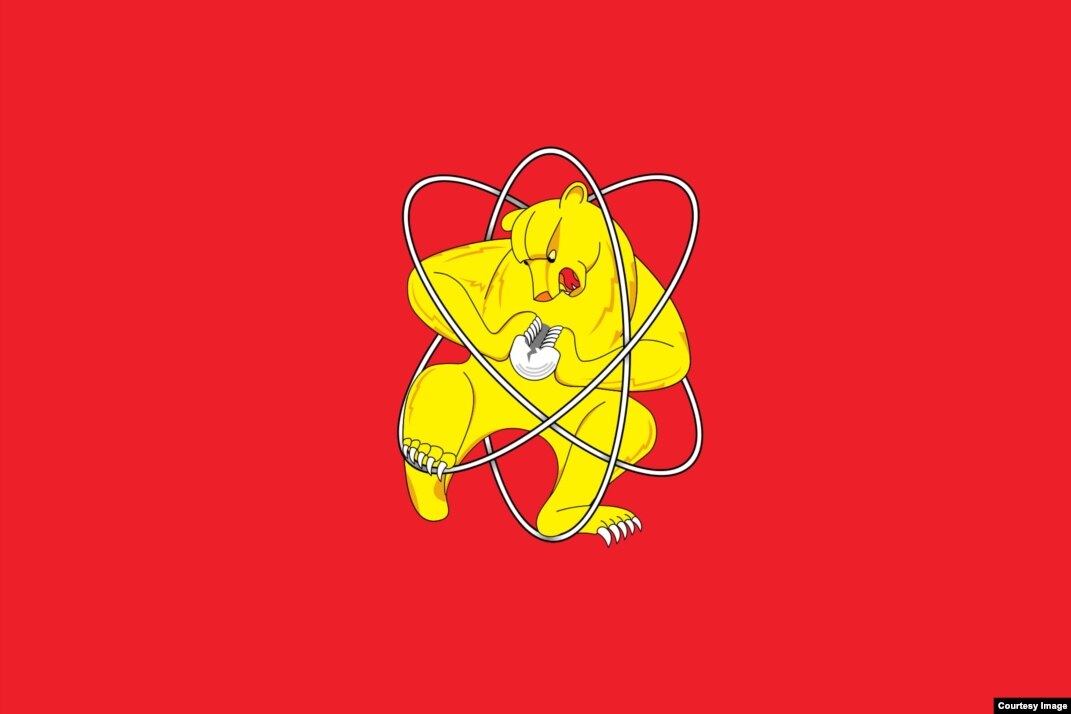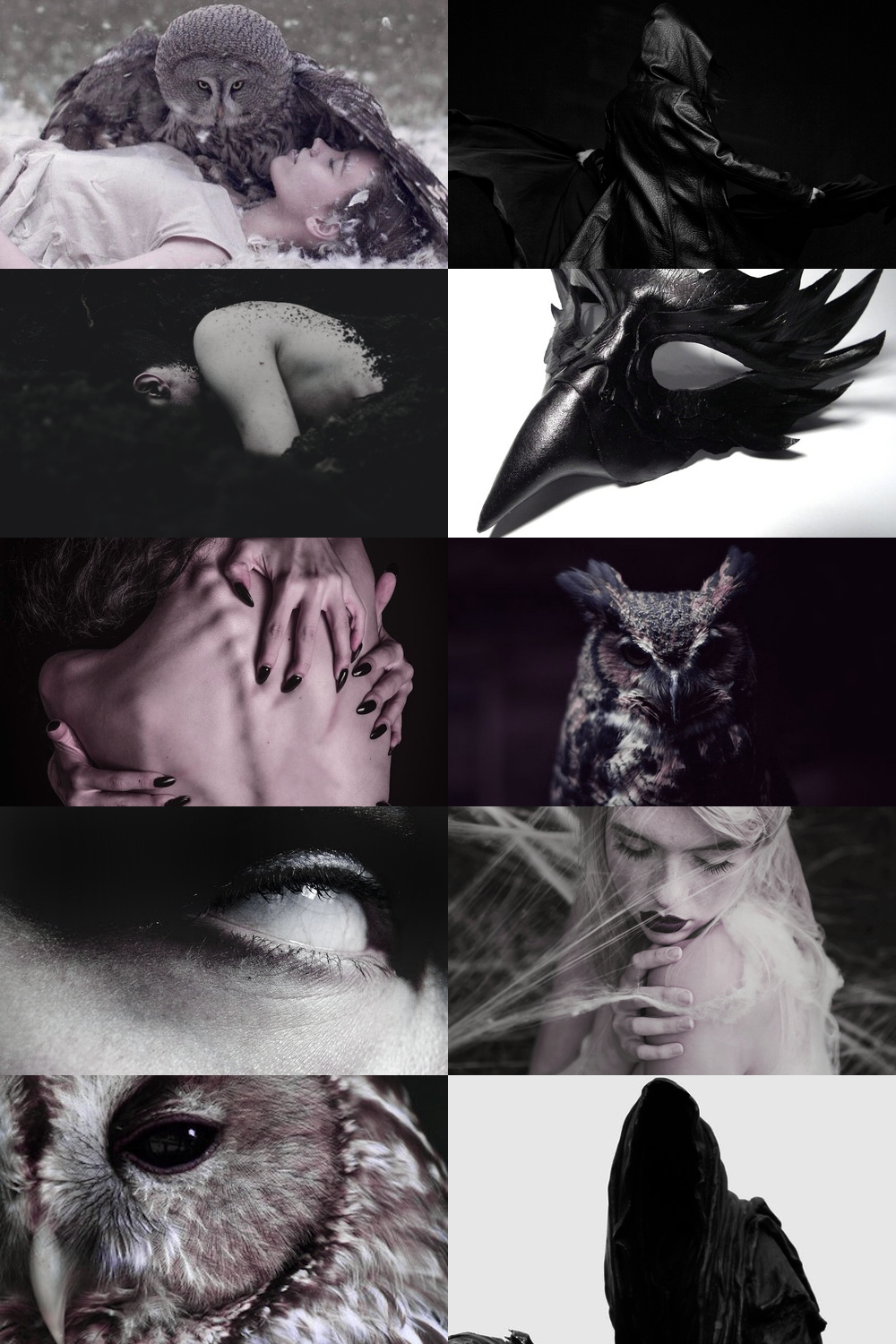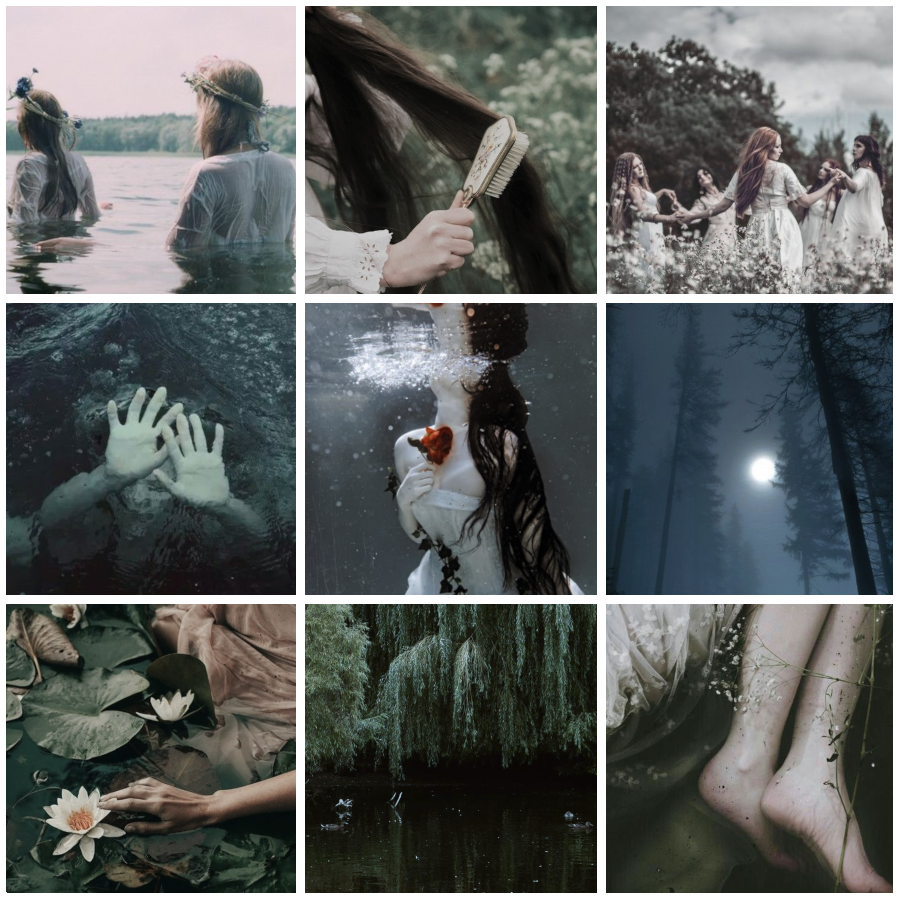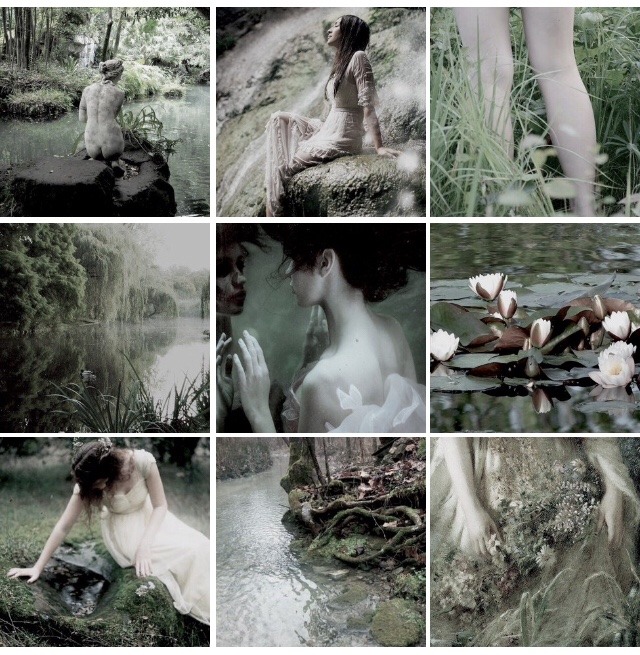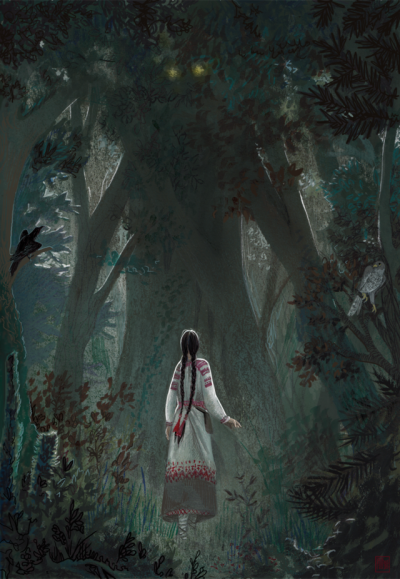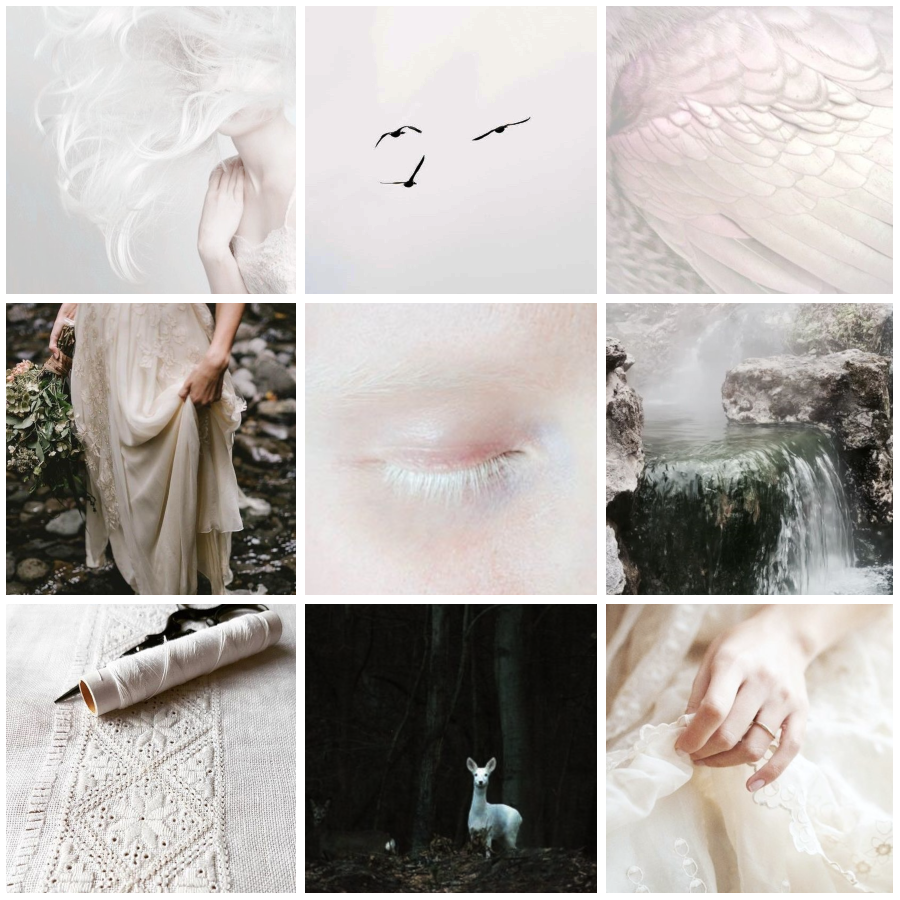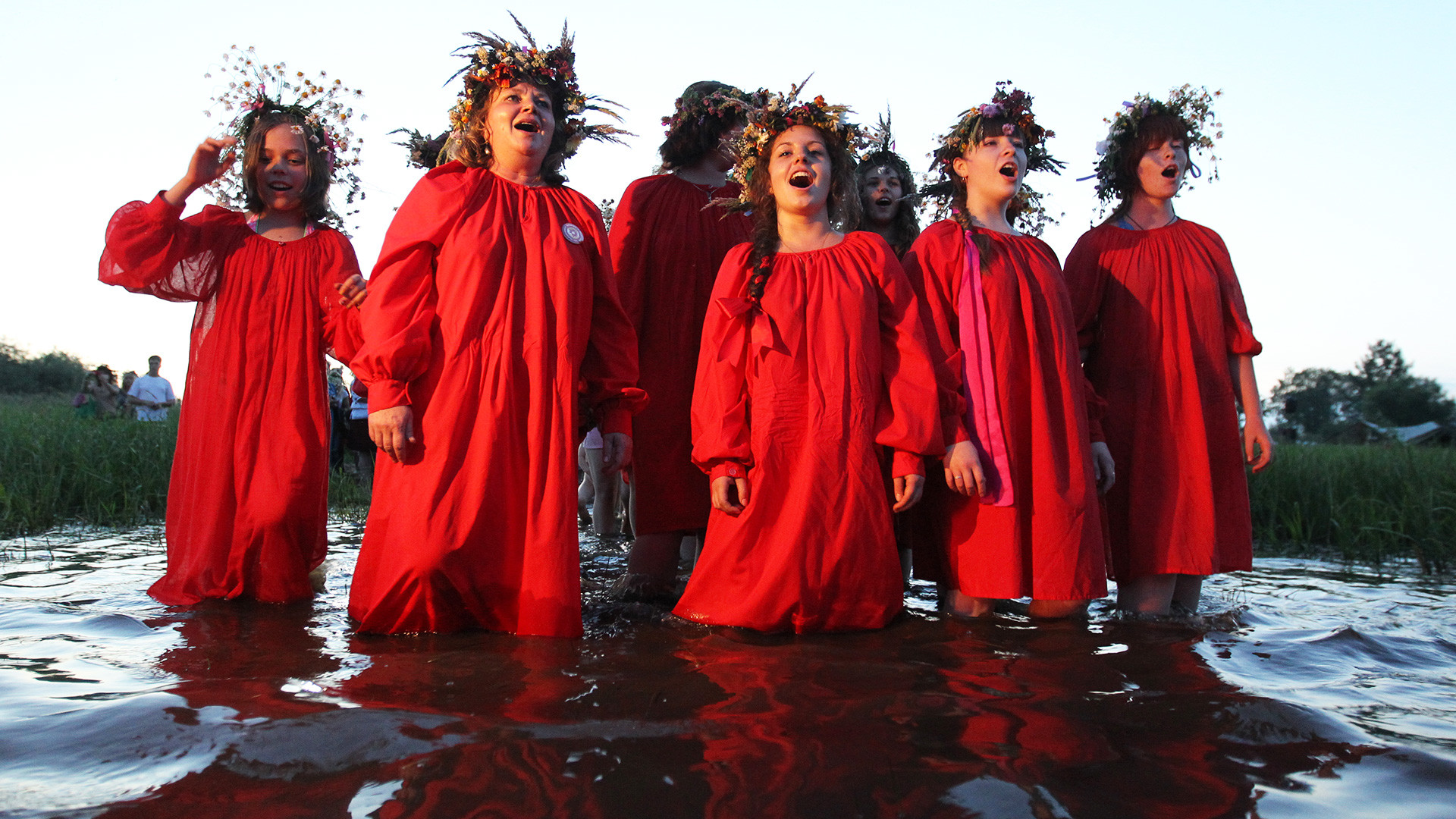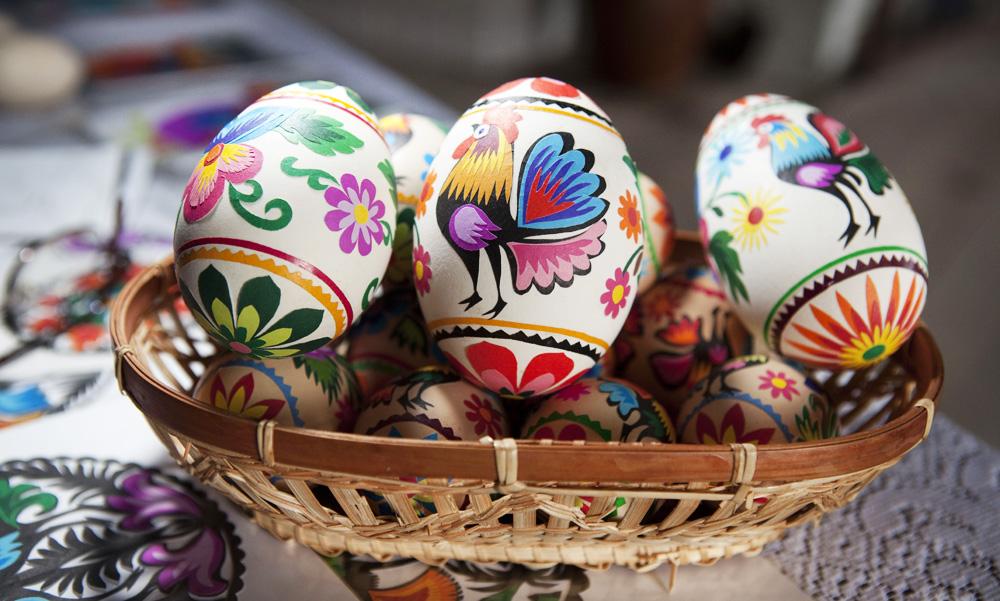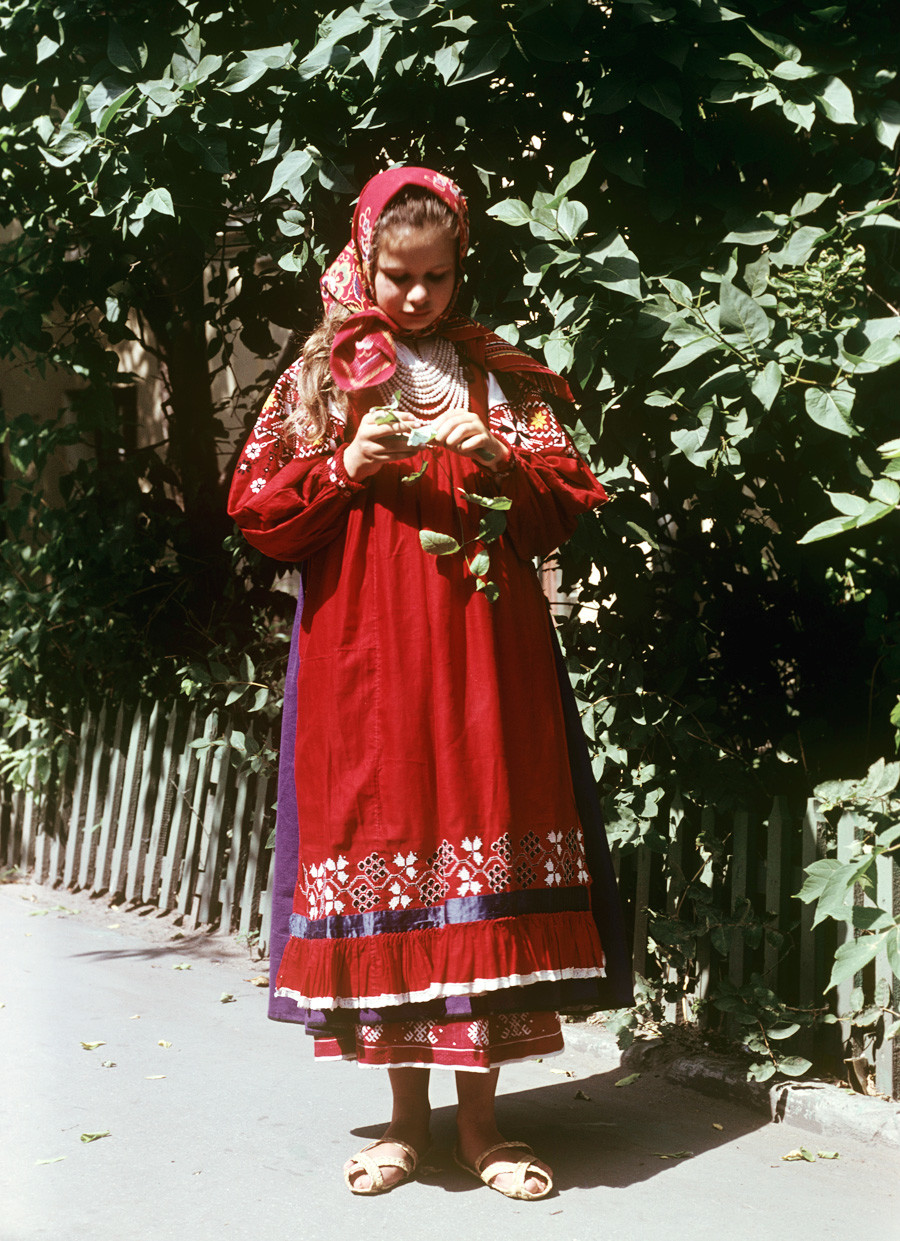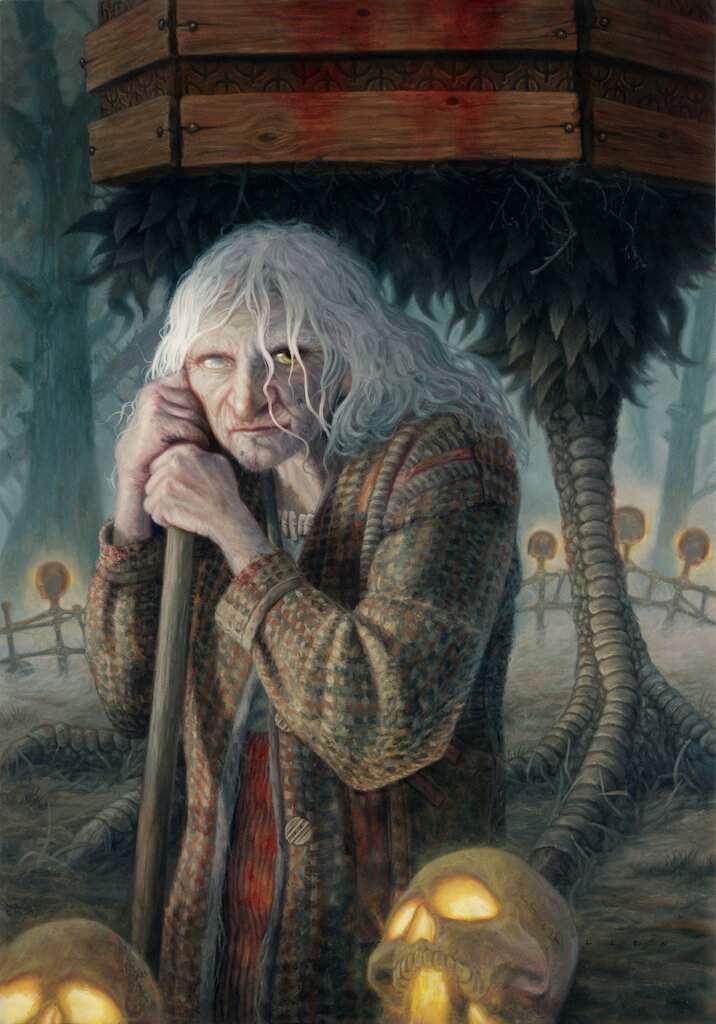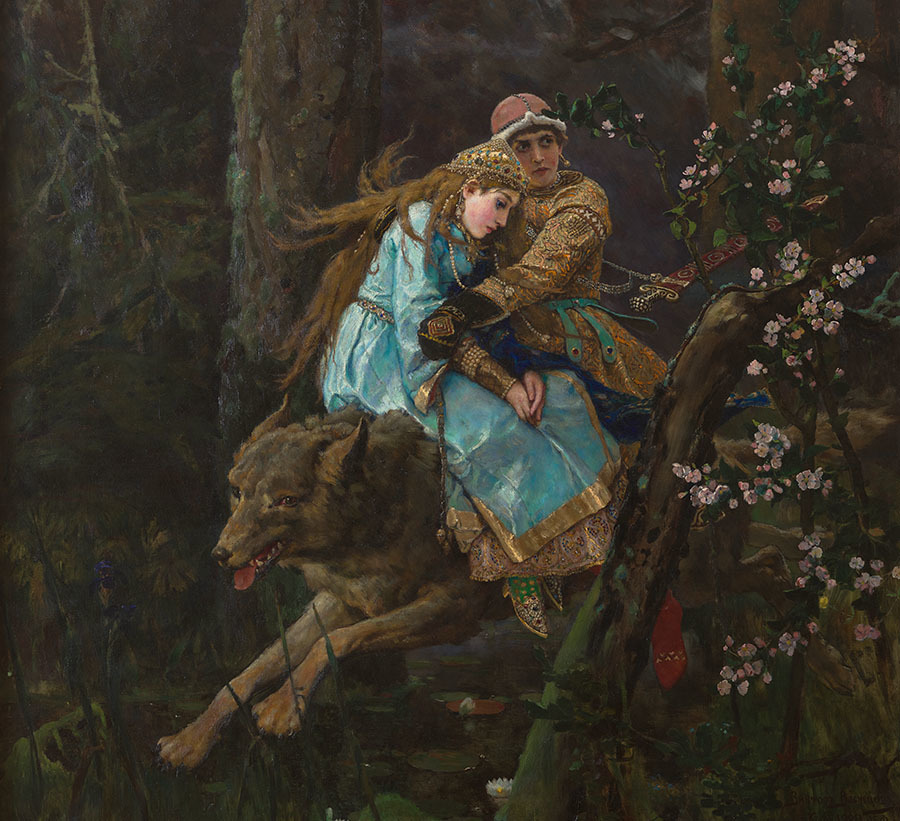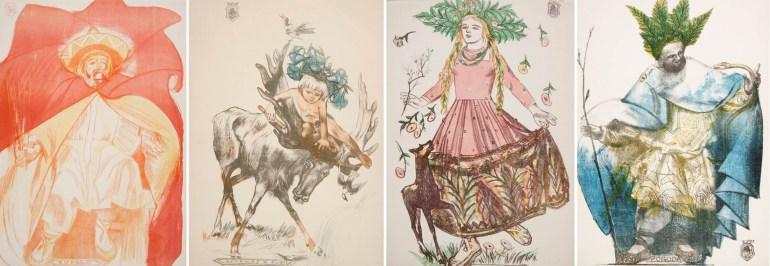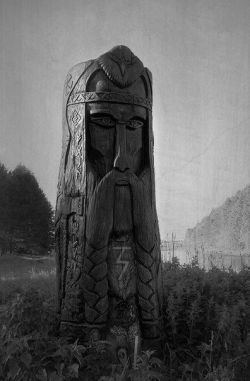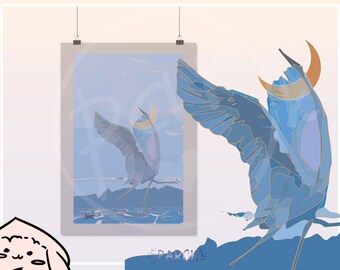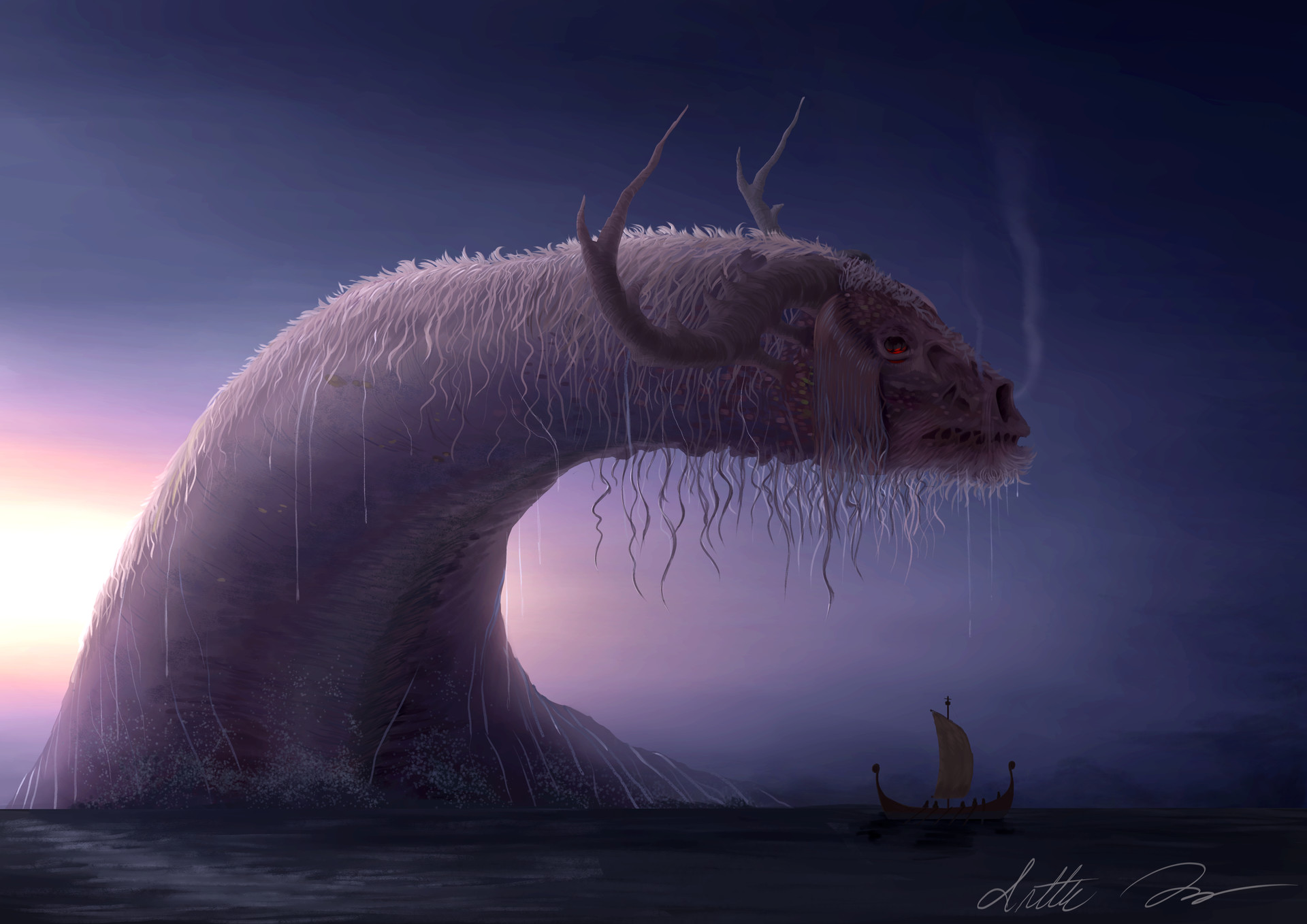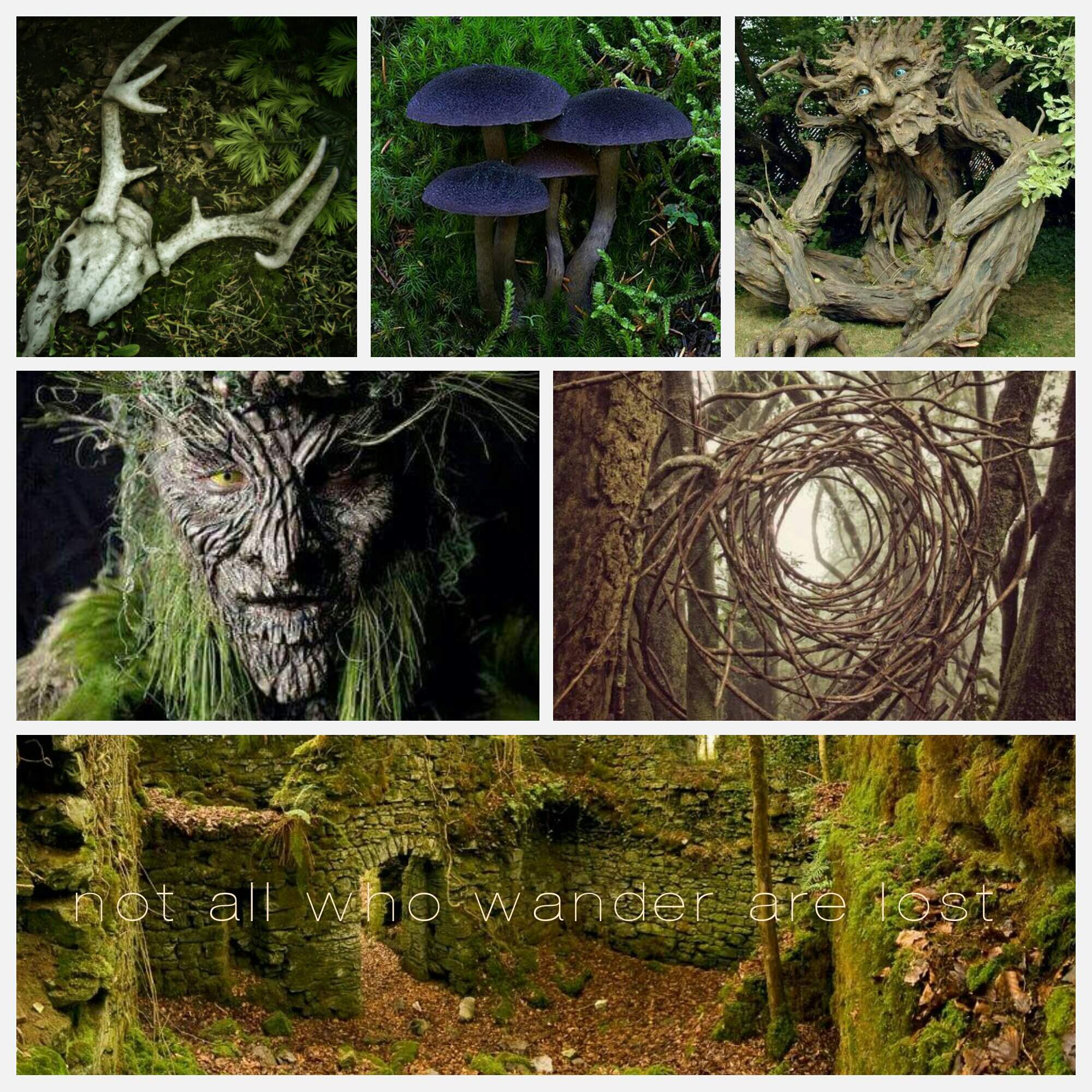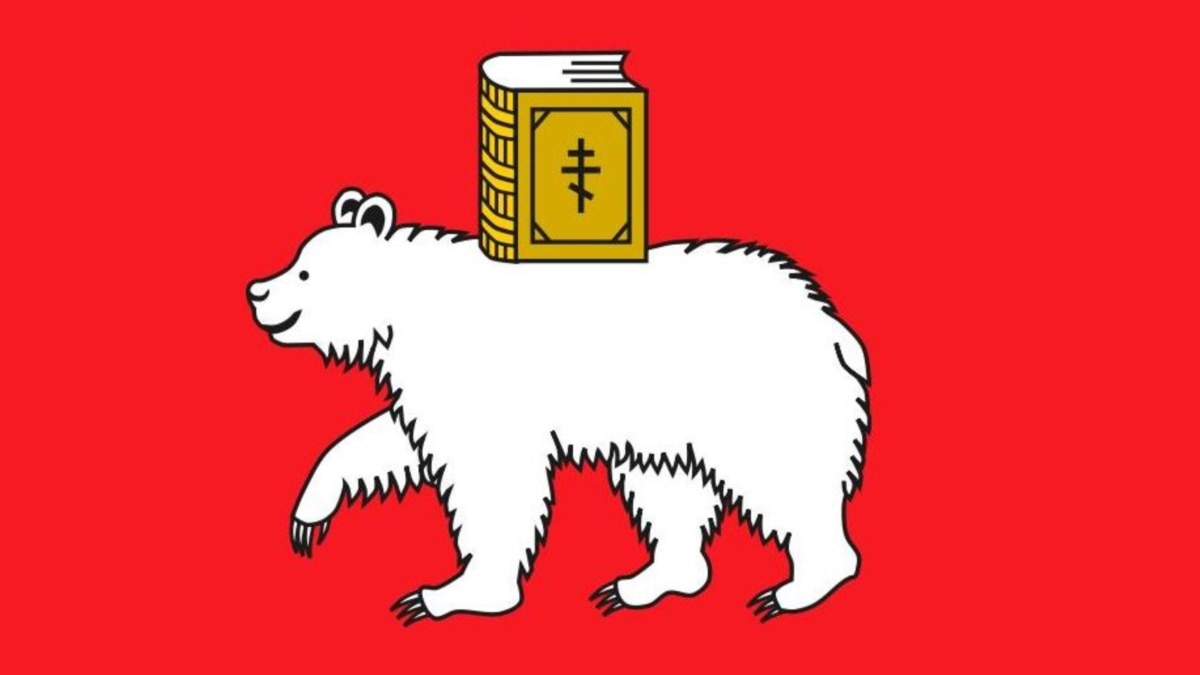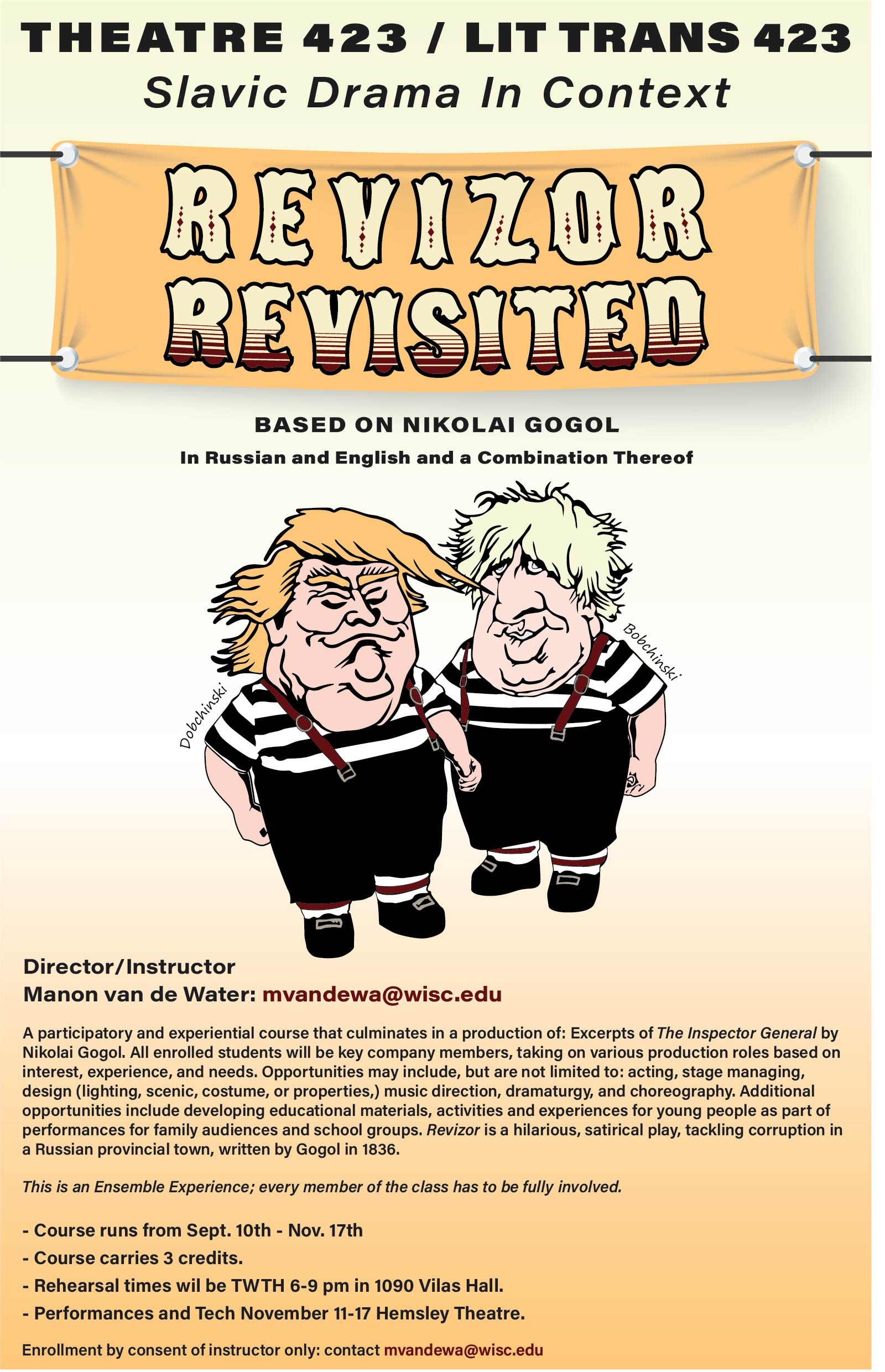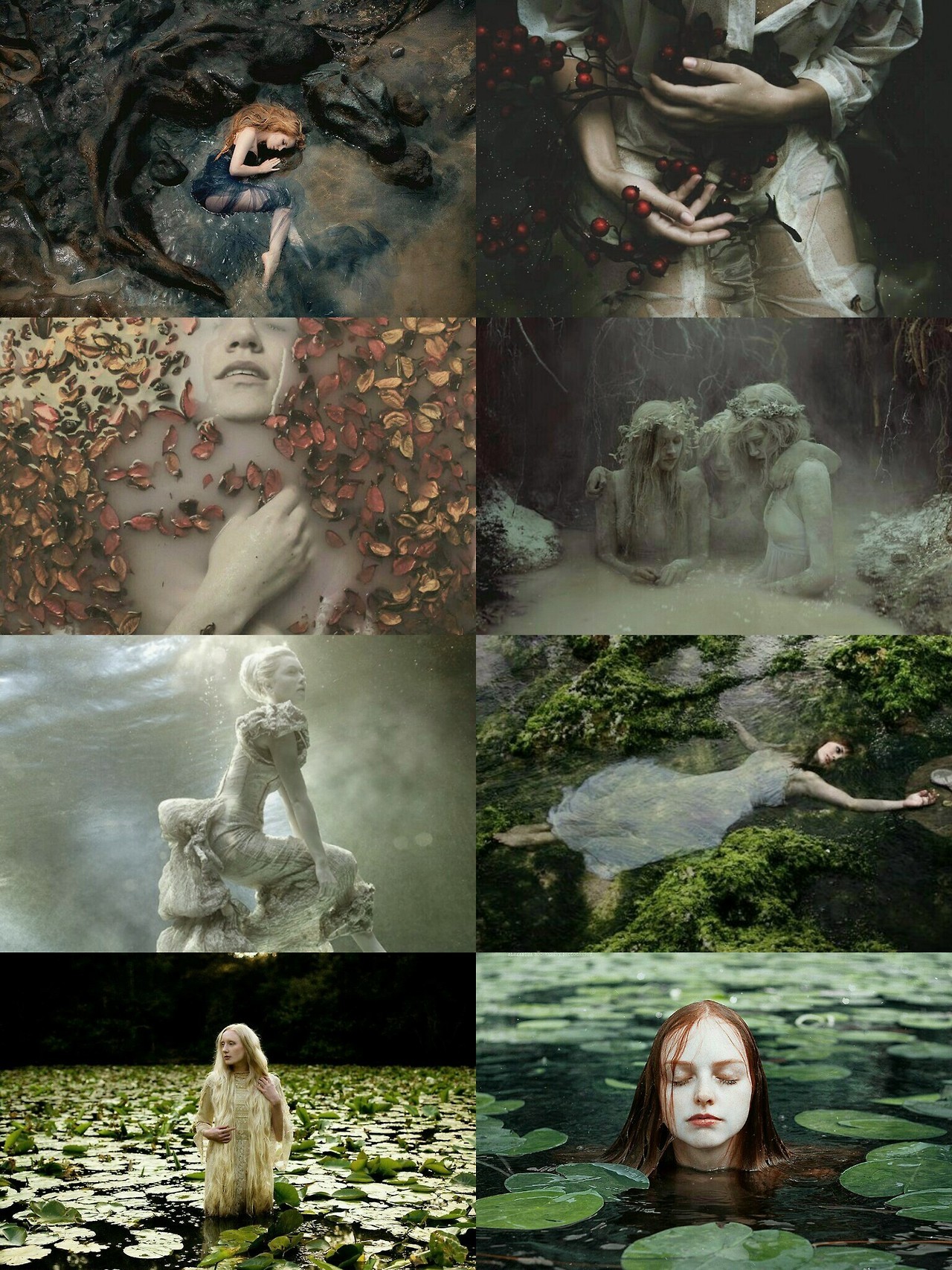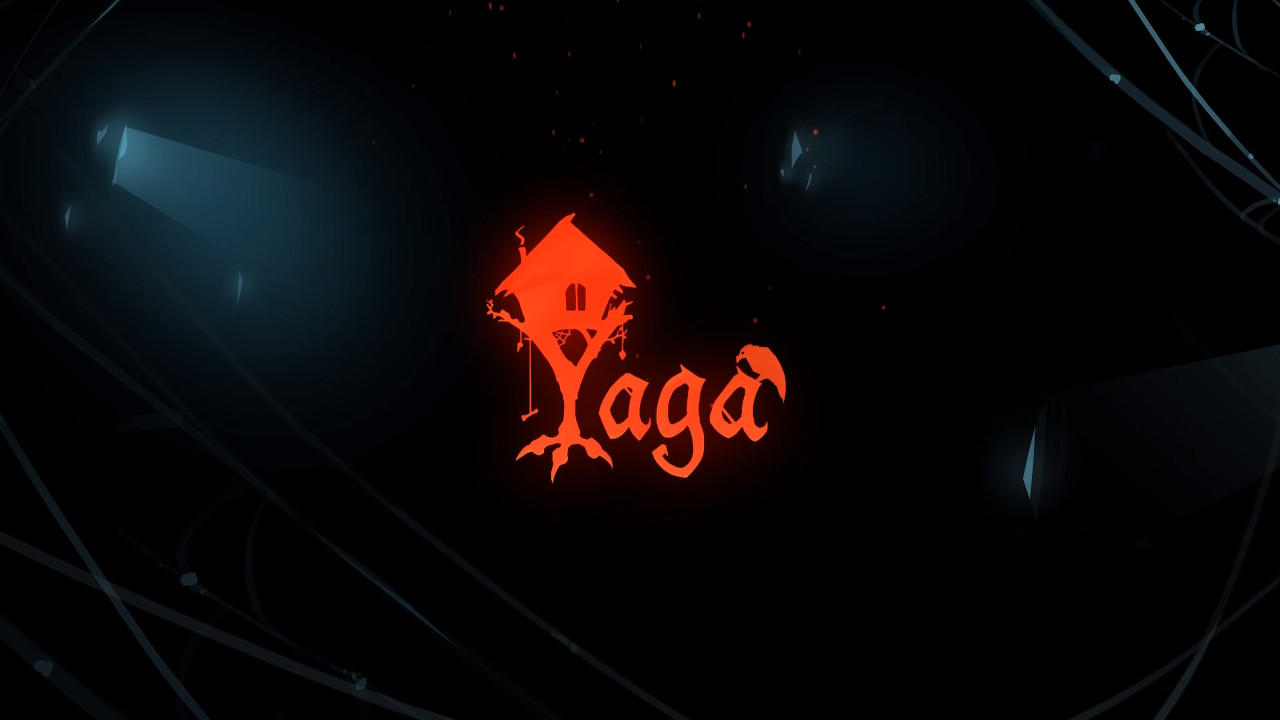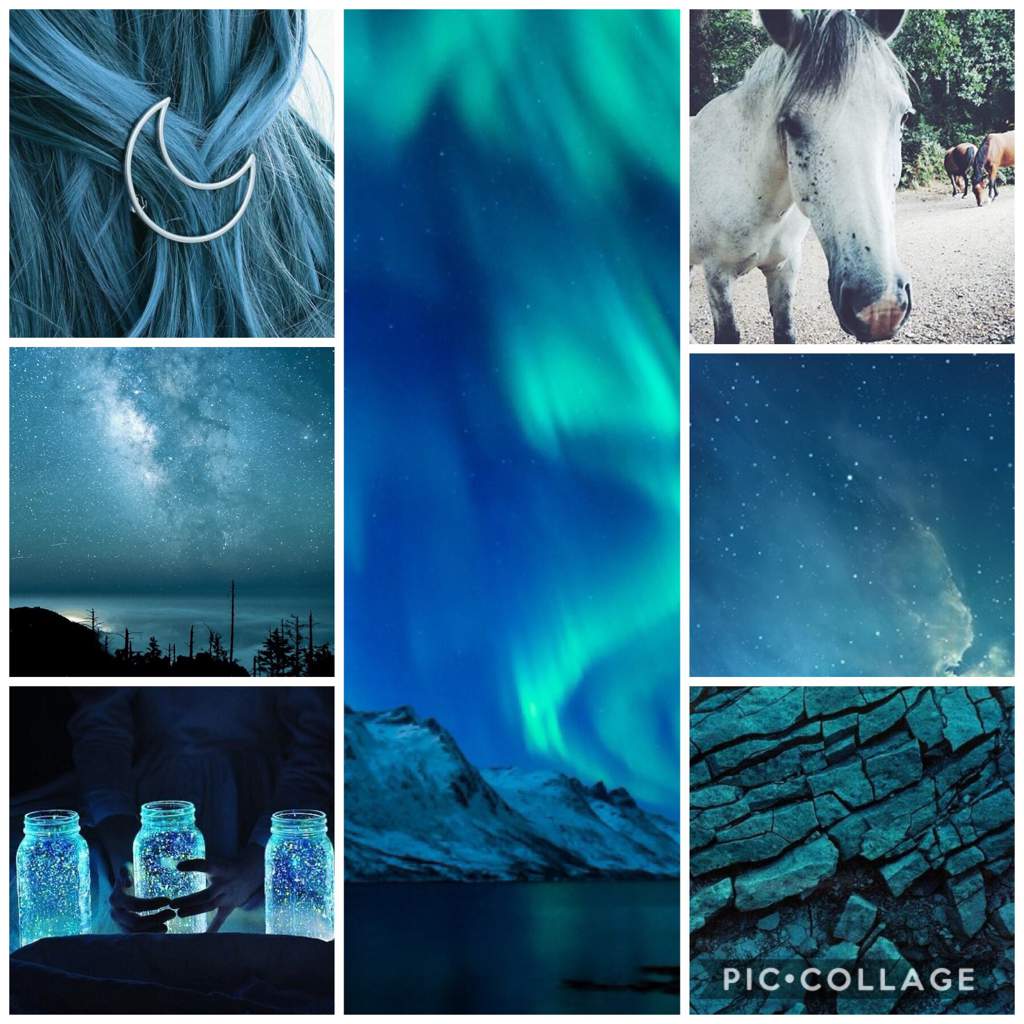Slavic Folklore Aesthetic

Some tales define him as a naked old man.
Slavic folklore aesthetic. Slavic folklore is fascinating. It is believed that slavic mythology can trace its roots back to the proto indo european period and perhaps as far back as the neolithic era the early proto slav tribes split into groups consisting of the east west slavs and south slavs each group created its own distinct set of localized mythologies deities and rituals based upon the beliefs and legends of the original proto slavs. In bulgarian legends for instance male dragons are believed to be the protectors of crops whilst the female ones are bent on destroying the fruits. It always had either one or even number of heads and traits from animal that it borrowed. The vodianoi is a male water spirit of slavic origin. Paganism in europe has existed well before recorded history. One of the least well known is the slavic pantheon of gods spirits and heroes that persisted before and after.
Lucky for us it is possible to restore some of the ancient legends thanks to oral folklore rituals folk beliefs and such notes made by ancient chroniclers. 10 weird beings from slavic mythology and folklore. One of the lesser known dragons is that of the zmaj a dragon that can be found in slavic folklore. The strzyga is a demon related to a vampire in slavic mythology although it has a particular association with polish folklore it is a creature born from human parents but has two hearts two souls and most creepily two sets of teeth with the second set barely visible. It is enigmatic and rich in horror elements. Slavic mythology baba yaga babe yaga is a supernatural beinge who appears as a deformed and or ferocious looking witch. Unfortunately slavic mythology originated in the days when writing was not a norm and because of this it has never been recorded officially by slavs but rather by christian chroniclers.
Reports of his appearance vary. Soon there came a crowd of crawfish and amongst them a gigantic lobster as large as a year old calf illustration by emily j. In certain slavic countries dragons can viewed either as good or evil depending on their sex. Slavic culture boasts one of the most amazing tales ghost stories and legends about witches. Most slavic superstitions and traditions are reminders of times before the dark ages. Slavic folklore arose from the need to give meaning to the hardships of life and to understand the brutal world around them the foreboding forests the thunderous seas and the wars that raged. The czech and slovak equivalent is called a vodník polish is a wodnik while russian is vodianoy a south slavic equivalent is vodenjak he is viewed to be particularly malevolent existing almost exclusively to drown swimmers who have angered him by their boldness.
Greek and roman mythologies are so common in western culture that most people have never heard of the polytheistic pantheon of other cultures.
